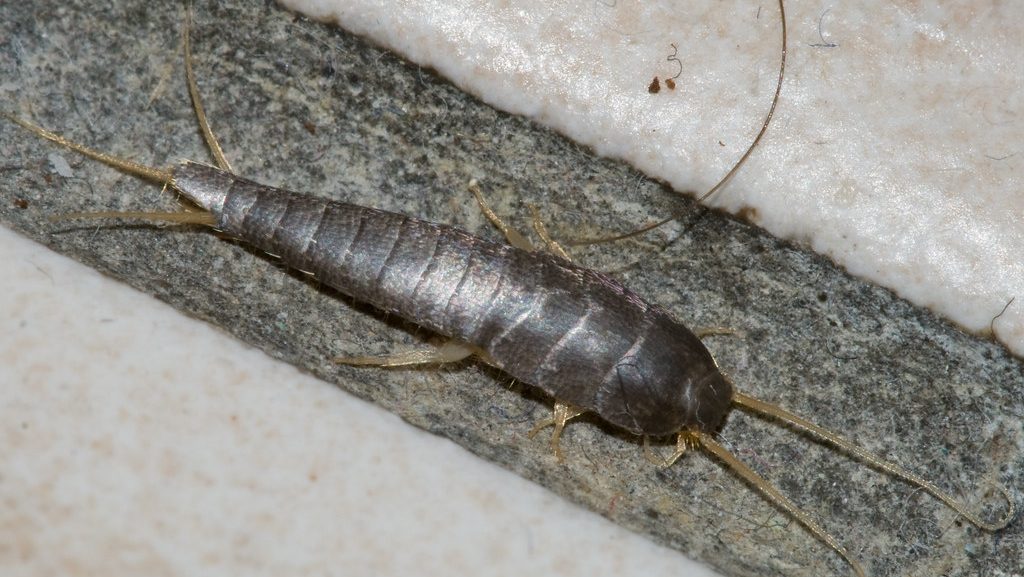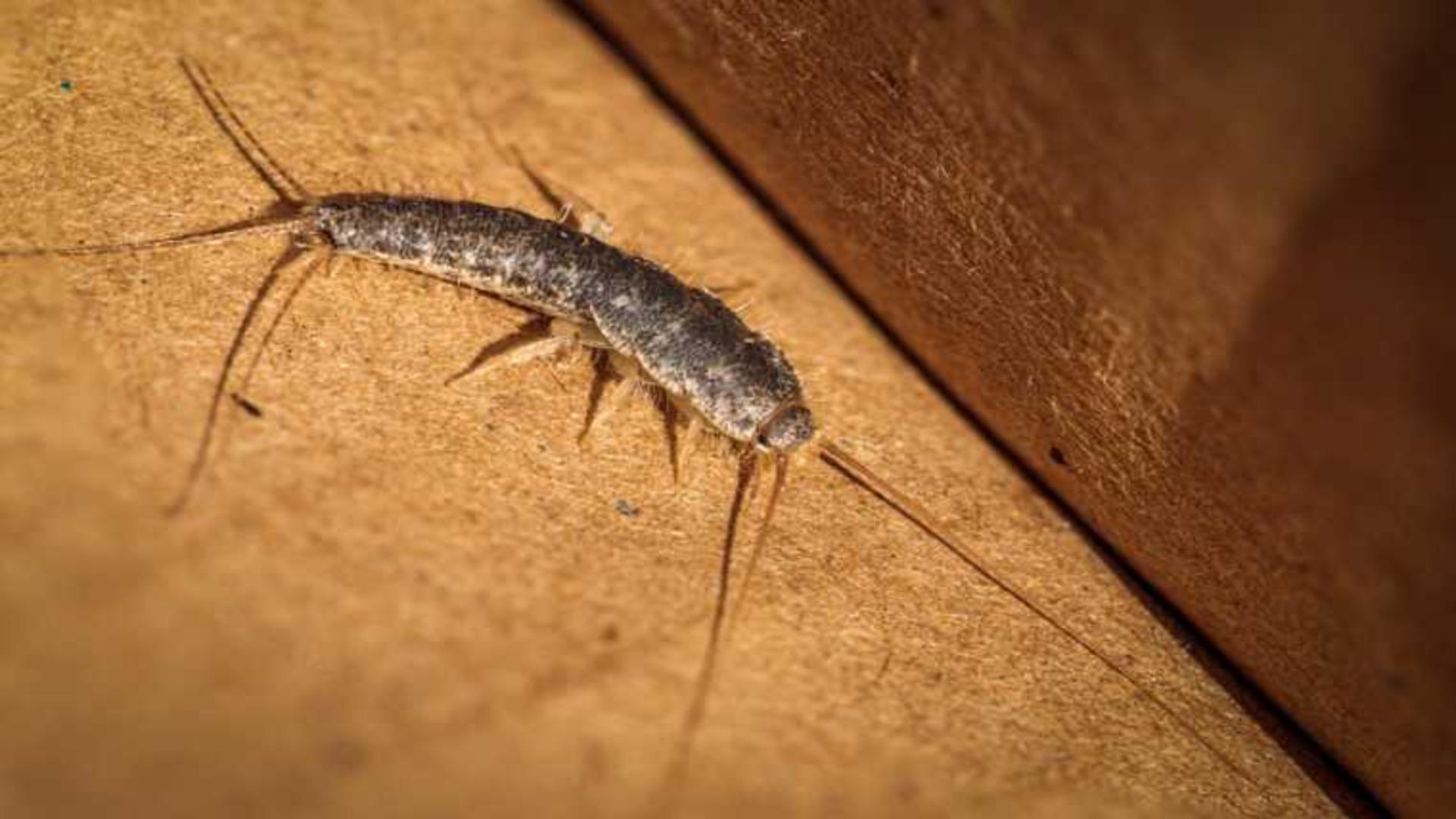 Silverfish are small, silver-colored bugs that thrive in damp, dark places such as basements, bathrooms, and kitchens. They’re harmless to humans but can cause damage to items like paper, wallpaper, and fabric. For those wondering how to get rid of silverfish without using harsh chemicals, this guide covers natural DIY methods to eliminate these pests and prevent them from returning.
If you are seeing silverfish inside or around your home, this guide is for you. But if the infestation is severe, you should get help from professional pest control experts for a long-term solution.
Silverfish are small, silver-colored bugs that thrive in damp, dark places such as basements, bathrooms, and kitchens. They’re harmless to humans but can cause damage to items like paper, wallpaper, and fabric. For those wondering how to get rid of silverfish without using harsh chemicals, this guide covers natural DIY methods to eliminate these pests and prevent them from returning.
If you are seeing silverfish inside or around your home, this guide is for you. But if the infestation is severe, you should get help from professional pest control experts for a long-term solution.
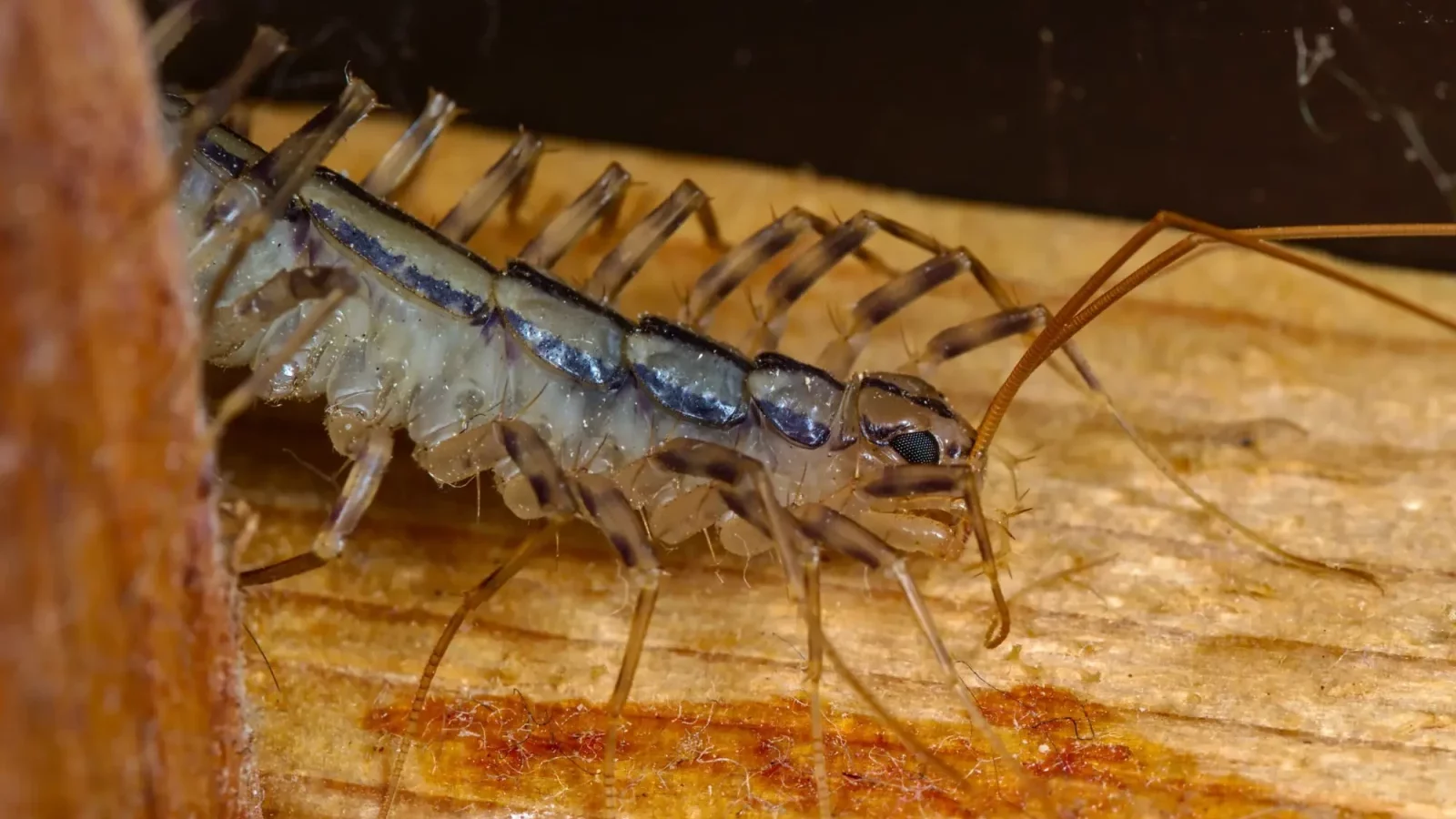

Not getting a solution?
Get your free pest control estimate today!How to Get Rid of Silverfish Naturally?
Here are a few methods to get rid of Silverfish naturally:1. Control Humidity to Deter Silverfish
Silverfish thrive in humid environments, making moisture control essential. Reducing indoor humidity levels below 60% can deter these pests and prevent infestations.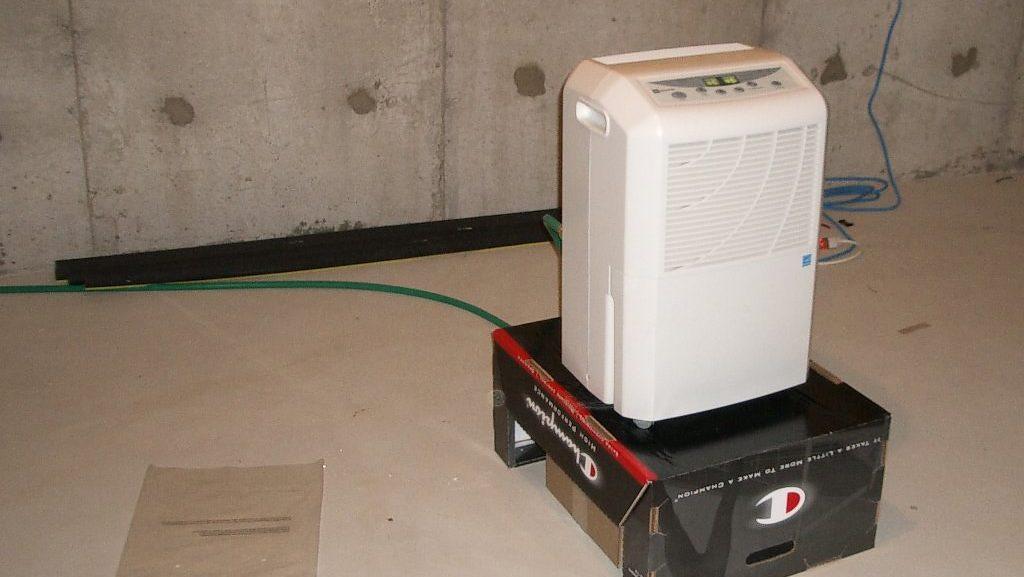
INSTRUCTIONS
Use Dehumidifiers
- Dehumidifiers are especially useful in high-moisture areas like basements and bathrooms. Lowering the humidity levels makes your home less appealing to silverfish.
Increase Ventilation
- Good airflow helps reduce moisture buildup. Open windows, use exhaust fans, and maintain good ventilation throughout your home.
Repair Leaks
- Check for plumbing leaks in the bathroom, kitchen, and basement, and fix any damp areas. Even small leaks can attract silverfish by raising humidity levels.
2. Remove Food Sources to Repel Silverfish
Silverfish are drawn to starchy and sugary materials. Limiting their food sources helps prevent infestations.
INSTRUCTIONS
Store Food Properly
- Keep dry foods like cereals and grains in airtight containers. Silverfish can chew through paper and cardboard, so opt for plastic or glass containers.
Declutter Paper and Cardboard
- Remove piles of paper, old books, and cardboard boxes, especially in dark, humid spaces like attics and basements.
Vacuum Often
- Regularly vacuum areas where silverfish might be hiding, such as baseboards, corners, and closets. This removes food particles and helps keep silverfish away.
3. Essential Oils to Repel and Kill Silverfish
Wondering what naturally kills silverfish? Essential oils are a great non-toxic option, as many have strong scents that silverfish dislike.
INSTRUCTIONS
Lavender Oil
- Lavender’s scent repels silverfish. Add 10-15 drops of Lavender oil with water in a spray bottle. Spray it around baseboards, under sinks, and in cracks.
Cedar Oil
- Cedar oil repels silverfish and many other insects. Apply cedar oil to cotton balls and place them in closets, bathrooms, and other high-activity areas.
Peppermint Oil
- Silverfish find peppermint oil’s strong smell unappealing. Spray diluted peppermint oil in cracks, closets, and other silverfish-prone areas.
4. Diatomaceous Earth: A Natural Powder to Kill Silverfish
Diatomaceous earth kills silverfish by dehydrating them on contact, providing effective pest control.
INSTRUCTIONS
Application
- Sprinkle food-grade DE along baseboards, near sinks, and in cracks where silverfish are active. Leave it for several days, then vacuum and reapply as needed.
Reapply as Necessary
- To keep the powder effective, reapply every few weeks in areas with high silverfish activity.
5. Boric Acid for Larger Silverfish Infestations
Boric acid disrupts the digestive system of silverfish, making it a powerful pest control method.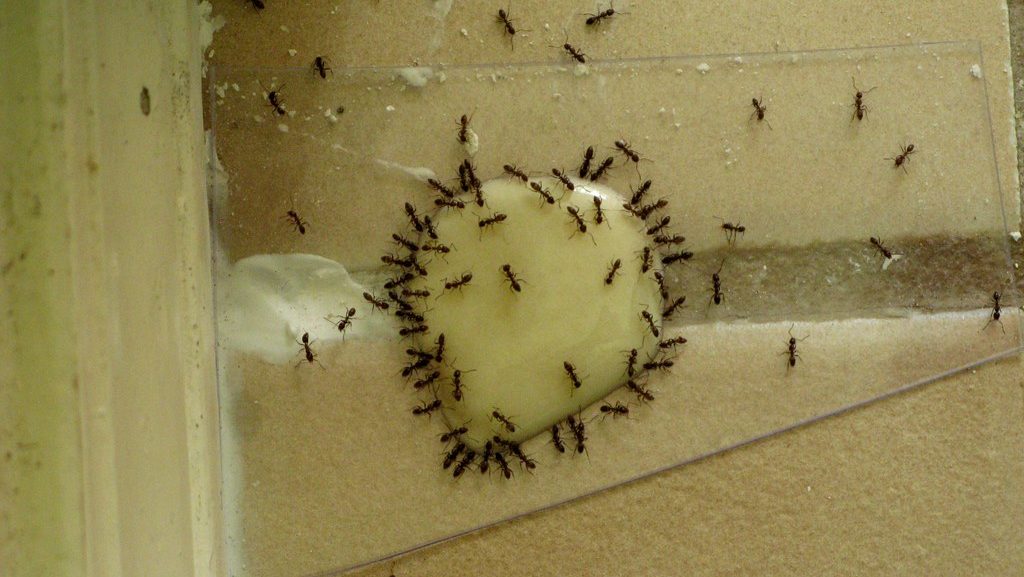
INSTRUCTIONS
How to Use
- Sprinkle a small amount of boric acid in areas where silverfish are found, such as under sinks, along baseboards, and in dark corners. Use it sparingly, as a little goes a long way.
Alternative Use
- For hard-to-reach spots, mix a small amount of boric acid with water and spray it in cracks and crevices.
6. Baking Soda and Sugar Trap to Kill Silverfish
A homemade trap using baking soda and sugar can effectively kill silverfish by disrupting their digestive systems.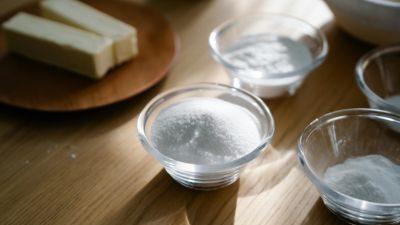
INSTRUCTIONS
How to Set Up
- Mix equal parts baking soda and sugar, and sprinkle it in areas where silverfish are active, like near baseboards or under sinks.
Monitor and Reapply
- Check the trap regularly and reapply as needed.
7. Jar Traps to Capture Silverfish
Jar traps are simple, chemical-free solutions to capture silverfish.
INSTRUCTIONS
Materials Needed
- You’ll need a glass jar, masking tape, and a small piece of bread or sugar as bait.
Instructions
- Wrap the jar with masking tape so silverfish can climb in, place the bait inside, and set the jar where you’ve seen silverfish activity. Once they enter, they won’t be able to climb out.
8. Cloves and Citrus Peels to Repel Silverfish
Cloves and citrus peels have strong scents that silverfish dislike, making them effective natural repellents.
INSTRUCTIONS
Cloves
- Scatter whole cloves in silverfish-prone areas, such as closets, bookshelves, and drawers. Cloves also help protect clothes and books.
Citrus Peels
- Place fresh lemon or orange peels in affected areas, replacing them every few days to maintain the scent.
9. Seal Entry Points to Prevent Silverfish
Sealing cracks and gaps in your home prevents silverfish from entering.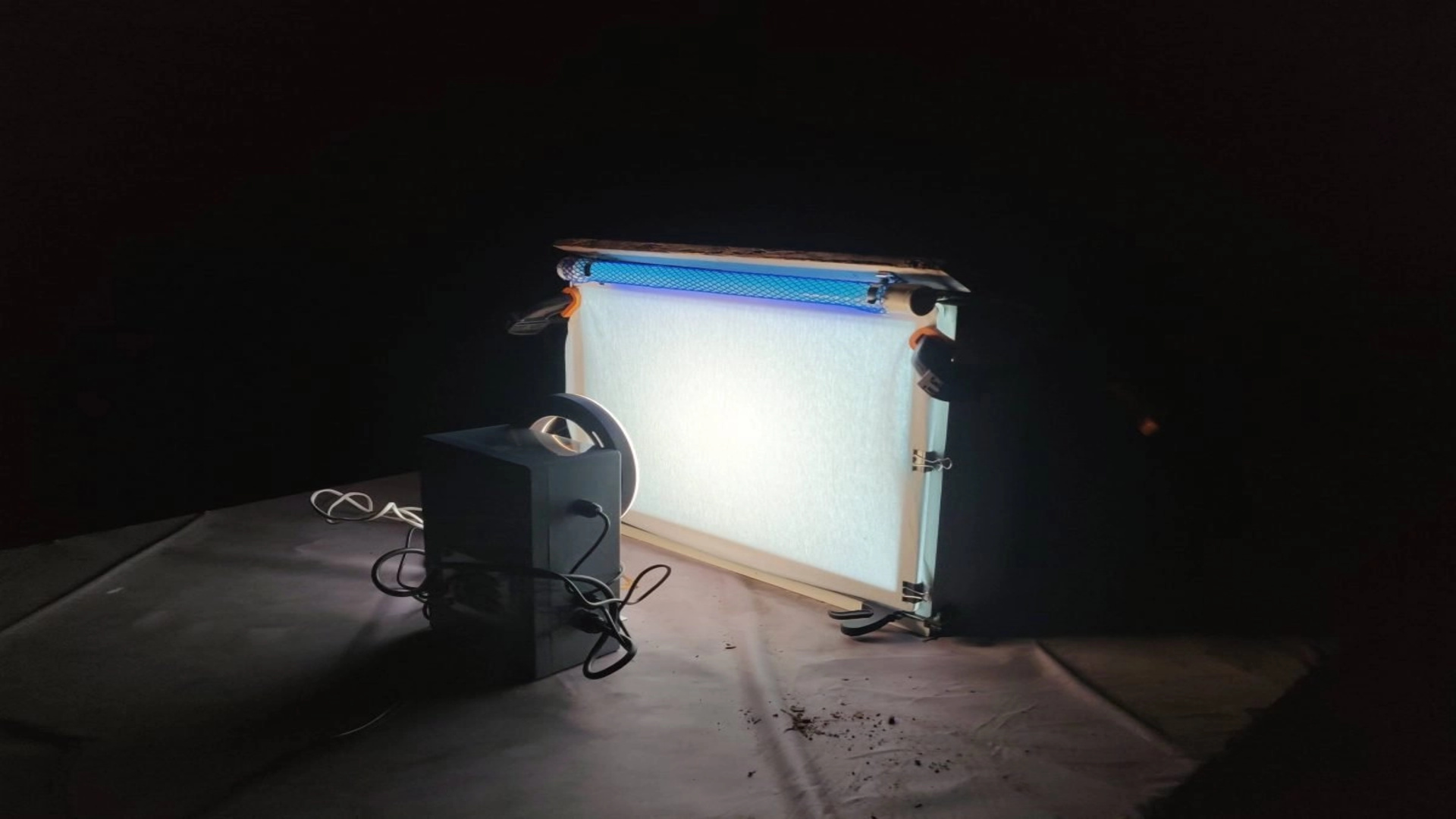
INSTRUCTIONS
Seal Cracks and Crevices
- Inspect your home for gaps and cracks, especially around doors, windows, and the foundation. Use caulk to seal these openings.
Install Weather Stripping
- Adding weather stripping to doors and windows helps keep silverfish out while also improving insulation.
10. Regular Cleaning to Keep Silverfish Away
Regular cleaning reduces hiding spots and food sources for silverfish.
INSTRUCTIONS
Declutter Paper and Cardboard
- Remove or organize stacks of paper, magazines, and cardboard boxes, as silverfish are drawn to starchy materials.
Vacuum and Dust
- Frequent vacuuming and dusting removes food particles and prevents dust buildup, keeping your home less appealing to silverfish.
Why Silverfish Infest Homes
To understand how to get rid of silverfish bugs, it’s important to know why they’re drawn to certain environments. Silverfish prefer humid, warm spaces and feed on starchy materials, which is why they’re often found in areas with high moisture and clutter. They’re also nocturnal and tend to hide in dark places, making them difficult to spot.How to Identify a Silverfish Infestation?
Detecting a silverfish infestation early can help you take swift action before these pests cause damage to your belongings. Here are some signs to look for if you suspect silverfish have made themselves at home:Signs of a Silverfish Infestation
-
Visible Silverfish: Silverfish are small, wingless insects with a shiny, silver appearance and three long bristles at their tails. Spotting these fast-moving insects in damp, dark areas—like bathrooms, basements, or closets—can be a sign of an infestation.
-
Damage to Paper and Fabrics: Silverfish feed on starchy materials, so look for damage to paper, wallpaper, cardboard boxes, and book bindings. They may also chew through linens, silk, and synthetic fabrics, leaving irregular holes.
-
Shed Skin and Yellow Stains: Silverfish shed their skin as they grow old and you may find small, paper-like shed skins in areas where they hide. They also leave behind yellowish stains on surfaces or papers they have crawled over.
-
Droppings: Silverfish droppings look like small, black pepper-like pellets. You may find these around bookshelves, storage boxes, or other places they frequent.
